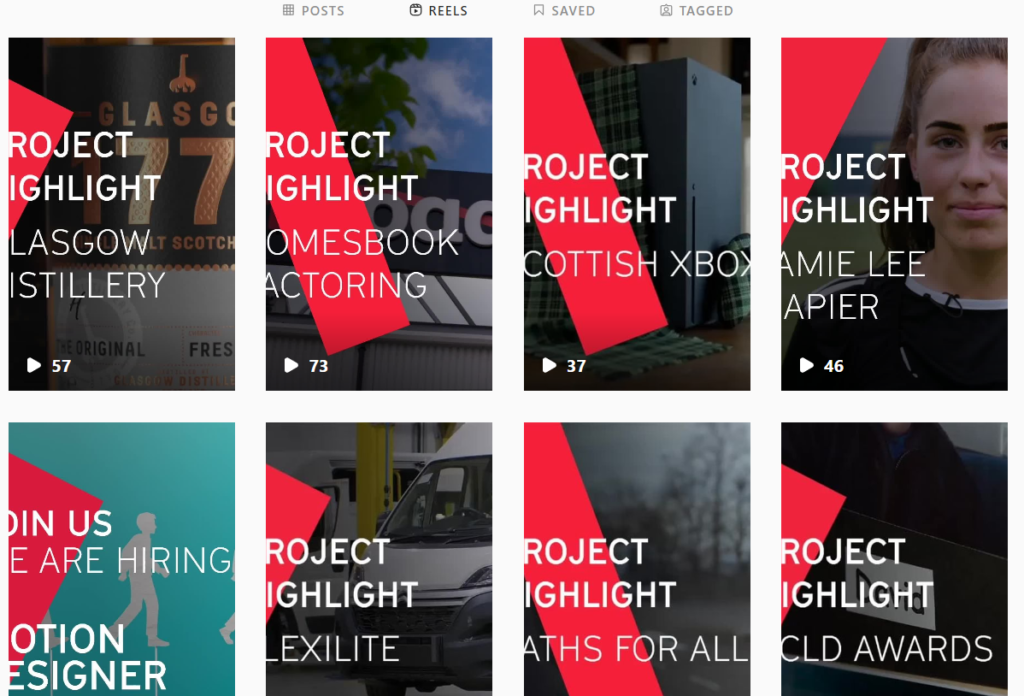The Internet is a remarkably fluid place; it is constantly changing its shape and form as time goes on, and changing how its users interact with it. With the continued rise of social media platforms over the past two decades, we’ve seen a change in the way content creation and distribution have played out. Thanks to the internet, everyone and anyone can have access to a platform – and anyone can make basically anything.
The most recent example of this shift in Internet content is the rise of Short Form Video content.
Youtube has been gradually implementing this for some time; where the internal algorithm used for promoting and pushing recommended videos used to push longer content, creators and consumers have seen that it has been gradually shifting into shorter and shorter videos.
However, this really exploded with the launch and popularisation of TikTok over the past five years. After merging with musical.ly, TikTok became the most downloaded app in the U.S. in October 2018. By February 2019, it had passed one billion global downloads. So it’s safe to say that short-form video content has become one of the new pillars of internet creation – and everyone seems to be jumping on board.

Recently Instagram’s head Adam Mosseri has been in the news talking about the shifts that their platform has been undergoing. Instagram started in 2010 as a Photosharing platform, and since then it has gone through numerous changes: the app has introduced things like geolocation and IGTV, a standalone video application that would eventually morph and be reintegrated into the main app as Instagram Reels. Now in an attempt to more closely emulate TikTok, the app is continuing to push more and more short-form video content, and they’re not alone. Facebook, Youtube, and Twitter all have their own algorithms and systems in place to support short video content – and it’s not hard to see why.
Platforms want their users to keep their apps open for as long as possible, and the best way to do that is to avoid boredom. So by continuously giving their users more and more content of all different types and varieties, it means that they have a higher chance of someone staying on their platform for longer. But this can work for the creators too: with more and more content being thrown to more and more users, it means that you have a higher chance of people seeing your message – all you need to do is make sure that it’s something eye-catching.

This is where we come in. Part of our speciality is making content for online communities and spaces, which allows brands, businesses, and individuals to get their message across the web. But it also means that we have to be very aware of the changes that happen online. As platforms continue to merge, change, and alter themselves to compete in an increasingly competitive market, we too have to change with them. We’ve recently worked with a number of exciting high-end clients, and this has included filming and editing in some innovative ways in order to optimise their content for social media campaigns.










